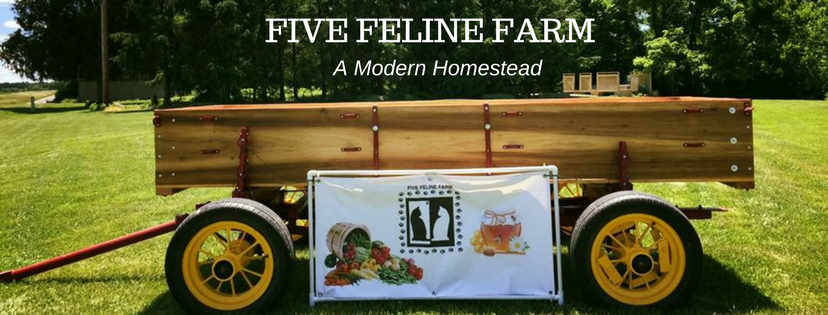
Our last two posts discussed choosing determinate or indeterminate and the benefits of heirloom varieties. Now you have chosen your tomato plants and it is time to get them in the ground. If you haven’t read those yet, click here and here.
Or is it?
To ensure the best chance of success follow the following steps:
Harden Off
The first thing to ensure success is the process of “hardening off”. This technique helps acclimate your plant to the world of weather outside. All tomatoes grown in Central Illinois are started by seed early in the year inside a greenhouse or other indoor setting. In these controlled environments, the plant does not have an opportunity to adapt to blowing wind or pounding rain.
Wait until the daytime temperatures are above 60º, then set the plants still in their pots in a semi protected but outdoor area for a short period of time each day. At first, the plant’s adjustment may make you think the plants have wilted or are not going to survive. Trust that they will perk up overnight and be ready for their next excursion outdoors. Increase the time outside daily. During this time, limit watering to bare minimums. The goal is to strengthen the plants but keep them alive.
After a week or so of this increasing exposure to the outdoor weather and when the soil temperature is above 50º at 4 inches (or threat of frost has passed), your tomatoes are ready for the garden or patio pot.
Prepare the Planting Bed
Tomatoes need calcium to protect against blossom end rot. Crushed egg shells work perfectly. Save approximately one egg shell for every tomato plant. When ready to plant, crush the eggshells and add a pinch of epsom salts for each egg shell. The epsom salts add magnesium and sulfur to the soil as a fertilizer and support healthy plant growth.
When ready to plant, dig a hole slightly wider than the pot the tomato is in and twice as deep for each plant. Divide the eggshell mixture among each hole and add water. Allow the water to absorb into the soil to dissolve the epsom salts and you are ready to plant.
Plant Deep
For the best strength and success, bury tomato plant to the first set of leaves. This may feel unusually deep but tomato stalks will grow roots all along the stalk and increase the ability of the plant to take up soil nutrients. Most tomato plants will require some type of staking or cage to ensure they remain upright and the fruit stays off the ground. It is best to add this now while the plant is small instead of struggling to contain a large unruly plant.
That’s it. Ensure adequate water if it does not rain and in about 6 weeks, you will be picking your own fresh, ripe tomatoes.
Stay tuned to our social media for progress on our garden and post pictures of your own. Five Feline Farm is on Facebook, Twitter, and Instagram.



 Hoppin’ John is a simple dish of blackeyed peas over rice and sometimes greens. It is served with cornbread and traditionally eaten on New Year’s Day to bring good luck and prosperity. One saying goes “peas for pennies, greens for dollars and cornbread for gold”. It is as traditional as barbeque in the south.
Hoppin’ John is a simple dish of blackeyed peas over rice and sometimes greens. It is served with cornbread and traditionally eaten on New Year’s Day to bring good luck and prosperity. One saying goes “peas for pennies, greens for dollars and cornbread for gold”. It is as traditional as barbeque in the south.